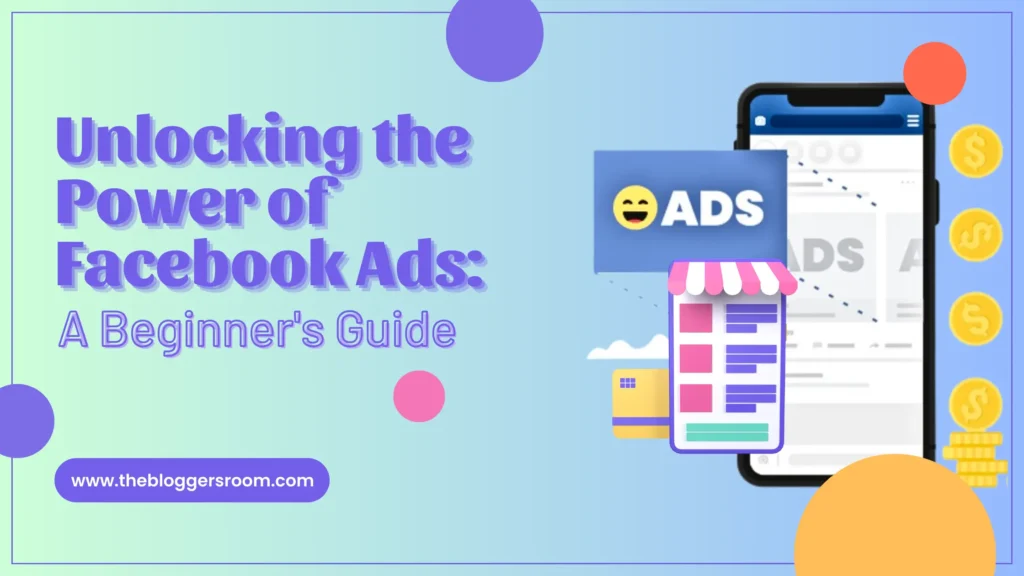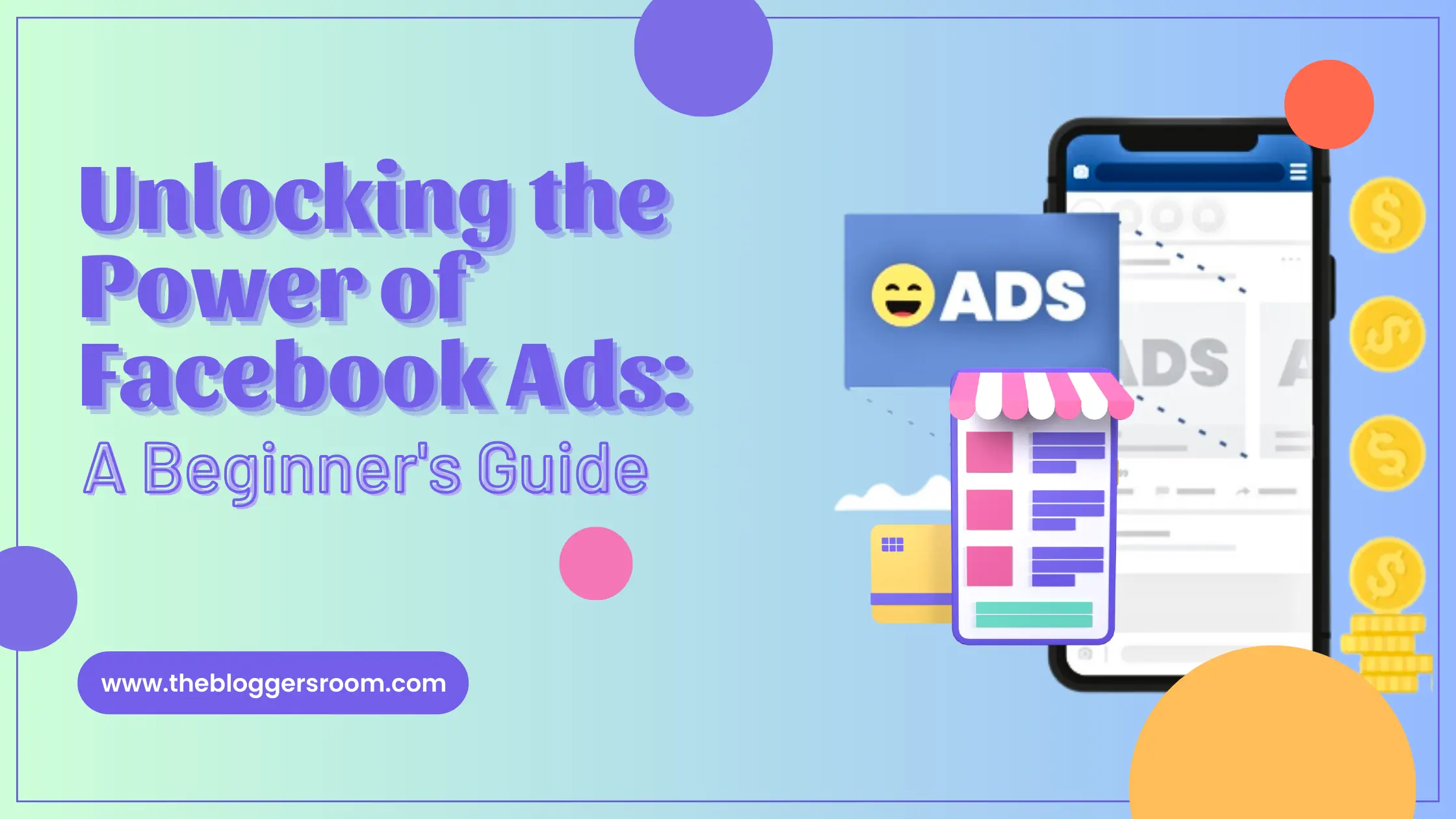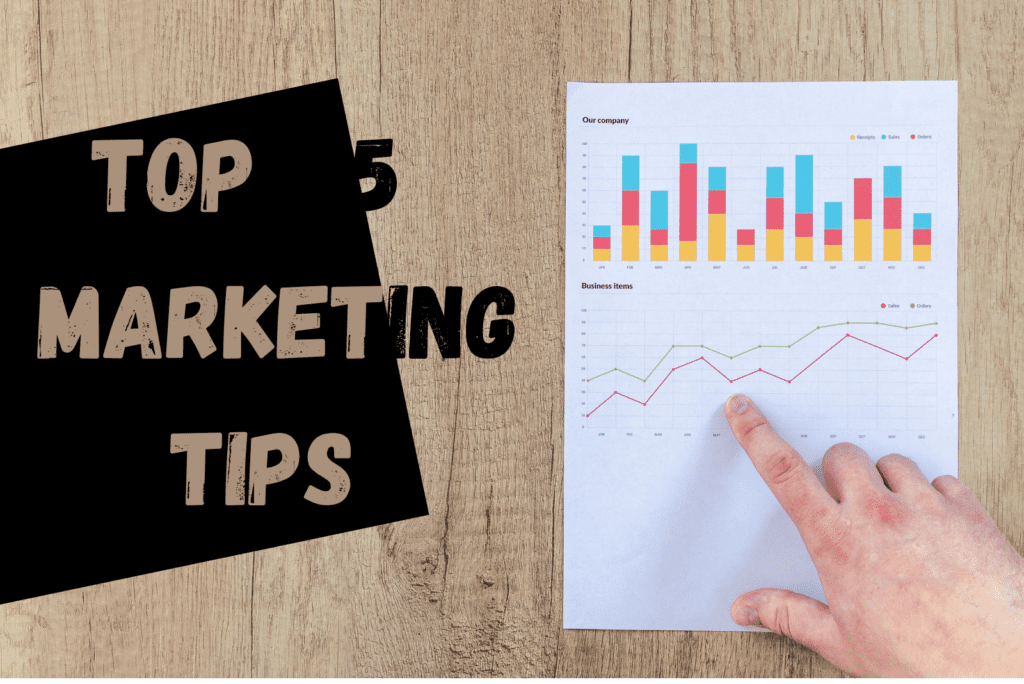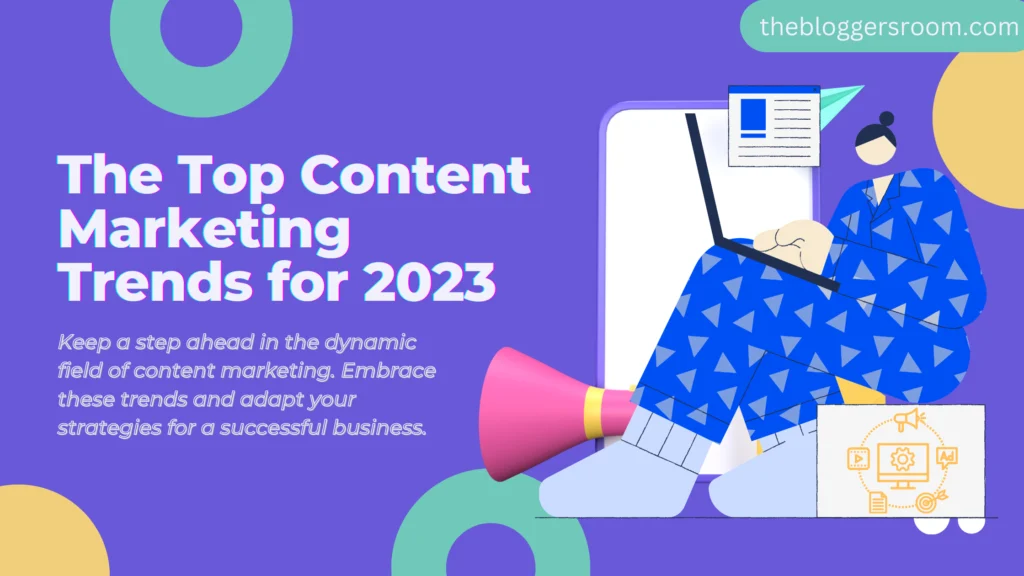
Welcome to the world of Facebook advertising, where you can reach over 2.8 billion monthly active users with your marketing message. Facebook Ads is a dynamic platform that allows businesses of all sizes to connect with their target audience, build brand awareness, and drive conversions. If you’re new to Facebook advertising, this beginner’s guide will walk you through the essentials and help you get started on your journey to advertising success.
Understanding the Basics of Facebook Ads:
Before diving into creating your first Facebook ad, it’s crucial to grasp the fundamentals:
Business Manager
To run ads on Facebook, create a Business Manager account. This central hub lets you manage your ad account, pages, and other assets in one place.
Ad Account
Set up your ad account within Business Manager. This is where you create, manage, and track your ad campaigns.
Ad Campaigns
Ad campaigns are the top-level structure in Facebook Ads. They encompass your entire marketing objective, budget, and schedule.
Ad Sets
Within a campaign, you have ad sets. Ad sets contain your target audience, budget allocation, and schedule.
Ads
Finally, ads are the creative content you show to your audience. You can create various ad formats, including images, videos, carousels, and more.
Defining Your Goals:
Before you start crafting your ads, it’s essential to define your marketing objectives. Facebook provides a range of campaign goals, including:
- Brand Awareness: To increase brand visibility.
- Traffic: To drive users to your website.
- Conversions: To encourage specific actions like sign-ups or purchases.
- Lead Generation: To gather user information.
- Engagement: To boost likes, comments, and shares on your posts.
Targeting Your Audience:
One of the most potent features of Facebook Ads is its audience targeting capabilities. You can define your audience based on demographics, interests, behavior, and even connections. Try a variety of audience segments to see which ones produce the greatest outcomes.
Targeting your audience is a crucial step in Facebook advertising because it directly impacts the relevance of your ads and the success of your campaigns. Here’s a more in-depth look at this sub-heading:
- Demographics: Start by defining the demographic characteristics of your ideal audience. This includes factors like age, gender, location, education, and marital status. For example, if you’re promoting a skincare product, you might target women aged 25-45 in urban areas.
- Interests and Behavior: Facebook allows you to target users based on their interests and behaviors. Consider what your audience might be interested in, such as fitness, travel, or cooking. You can also target users based on their online behavior, like those who frequently shop online or engage with specific content.
- Connections: You can target users who have a connection to your business, such as those who have already liked your page or interacted with your posts. Additionally, you can exclude certain audiences to refine your targeting further.
- Lookalike Audiences: Facebook offers the option to create lookalike audiences. These are new audiences that resemble your existing customers or website visitors. By targeting lookalike audiences, you can reach people who share characteristics with your current customer base.
- Custom Audiences: If you have customer data, you can create custom audiences by uploading lists of email addresses or phone numbers. This allows you to target your existing customers or subscribers with tailored messaging.
Also Read: The Top Content Marketing Trends for 2023
Creating Compelling Ads:
Your ad content should resonate with your audience. Here are some tips:
- Use eye-catching visuals or videos.
- Write concise, persuasive ad copy.
- Include a clear call-to-action (CTA).
- Test different ad formats and messaging.
Setting a Facebook Ads Budget:
For your campaigns, you can choose a daily or lifetime budget. Facebook offers flexible options, allowing you to control your spending. Begin with a small budget and increase it as your self-assurance grows.
Setting a budget is a crucial aspect of your Facebook advertising strategy. It determines how much you’re willing to spend on your campaigns. Here’s a more detailed explanation of this sub-heading:
Daily vs. Lifetime Budget
You have the option of selecting a lifetime budget or a daily budget. A daily budget specifies the maximum amount you’re willing to spend in a single day. A lifetime budget, on the other hand, sets a cap on the total spend for the duration of your campaign.
Bid Strategy
Your bid strategy determines how you want Facebook to spend your budget. You can choose automatic bidding, where Facebook optimizes for your campaign objective, or manual bidding, where you set the maximum amount you’re willing to pay per result, such as clicks or conversions.
Scaling and Optimization
As you gain insights into your campaigns, you may consider scaling your budget for well-performing campaigns. Scaling involves increasing your budget to reach a broader audience. Additionally, you should continuously optimize your budget allocation based on the performance of ad sets and campaigns.
Monitoring and Optimization of Facebook Ads:
Once your ads are running, it’s essential to monitor their performance. Track KPIs like click-through rate (CTR), conversion rate, and return on ad spend (ROAS) using Facebook Ads Manager. Adjust your campaigns based on these insights to improve results.
Monitoring and optimization are ongoing processes in Facebook advertising that involve tracking the performance of your campaigns and making strategic adjustments to improve their effectiveness. Here’s a more detailed breakdown of this critical aspect:
- Key Metrics: When monitoring your campaigns, you’ll need to focus on key performance metrics. These include click-through rate (CTR), conversion rate, cost per click (CPC), cost per conversion (CPA), return on ad spend (ROAS), and more. Each metric provides insights into different aspects of your campaign’s success.
- Regular Check-Ins: It’s essential to regularly check the performance of your campaigns. You can use Facebook Ads Manager to review data and metrics. The frequency of your check-ins may vary depending on your campaign’s duration and objectives. For some, daily checks are necessary, while others benefit from weekly or bi-weekly reviews.
- Budget Allocation: As you monitor your campaigns, you may identify ad sets or campaigns that are performing exceptionally well or underperforming. To optimize your budget, consider reallocating funds from underperforming areas to those delivering better results. This ensures that your budget is used most efficiently.
- A/B Testing Results: Part of monitoring includes assessing the results of A/B tests. By comparing the performance of different ad variations, you can determine which elements are resonating with your audience and which need improvement. Use this information to refine your ad creatives and strategies.
- Audience Insights: Monitoring also involves gaining insights into your target audience’s behavior. You can analyze which demographics, interests, or behaviors are responding positively to your ads. This information can guide you in fine-tuning your targeting parameters.
- Ad Scheduling: Depending on the nature of your business and target audience, you may discover that specific times or days of the week yield better results. To get the most exposure during these busy times, modify the times you run your ads.
- Ad Frequency: The frequency at which your ads are shown to the same audience is a critical metric. An excessively high ad frequency can lead to ad fatigue and reduced effectiveness. Monitor this metric and consider refreshing your ad creatives or targeting to combat ad fatigue.
- Ad Placement: Facebook provides several ad locations or placements, such as Instagram, Audience Network, Facebook News Feed, and more. Keep an eye on where your ads perform best and allocate your budget accordingly.
- Budget Scaling: As you gain confidence and see positive results, you may consider scaling your budget for well-performing campaigns. Scaling involves increasing your budget to reach a broader audience or extending the campaign’s duration.
- Ad Copy and Visuals: Regularly assess the performance of your ad copy and visuals. Make adjustments to ad headlines, descriptions, images, or videos based on what’s resonating with your audience.
- Ad Set Optimization: At the ad set level, you can optimize your audience targeting, ad placements, and bidding strategies. Use the insights gathered from monitoring to refine these settings for better results.
Experiment and Learn:
Facebook advertising is a dynamic field. To excel, it’s crucial to stay updated with the latest features and best practices. Don’t be afraid to experiment with different ad formats, audience segments, and ad copies to find what works best for your business.
The success of your Facebook advertising campaigns often depends on your ability to experiment, learn, and adapt. Here’s a deeper exploration of this sub-heading:
A/B Testing
Experimentation often involves A/B testing, where you create multiple ad variations with slight differences in elements like ad copy, visuals, or targeting. By running these tests, you can identify which elements drive better results and refine your future campaigns accordingly.
Data Analysis
In the “Experiment and Learn” phase, data analysis is your best friend. You’ll examine key metrics like click-through rates, conversion rates, and return on ad spend. You can learn what’s working and what needs to be improved by analyzing this data.
Continuous Education
Facebook advertising is an ever-evolving field. It is important to remain current with the newest functions, fashions, and industry standards. Consider joining relevant communities, attending webinars, or reading industry publications to keep your knowledge current.
Adaptation
Based on the insights gained from experimentation and data analysis, adapt your strategies. This might involve reallocating budgets, refining ad creatives, or adjusting targeting parameters to improve campaign performance.
Conclusion:
Facebook Ads are an effective tool for connecting with your target market and accomplishing your marketing objectives. With this beginner’s guide, you’ve taken your first steps into the world of Facebook advertising. Remember, success comes with learning and adaptation, so keep experimenting, analyzing, and refining your ad strategies to unlock the full potential of Facebook Ads.
Ready to embark on your Facebook advertising journey? Connect with The Bloggers Room to get expert guidance and maximize the impact of your campaigns.







One thought on “Unlocking the Power of Facebook Ads: A Beginner’s Guide”